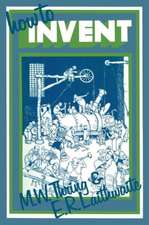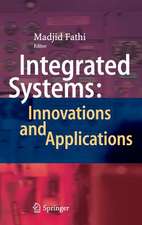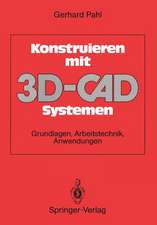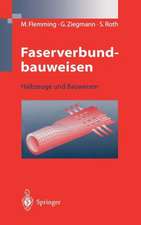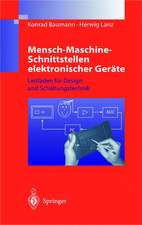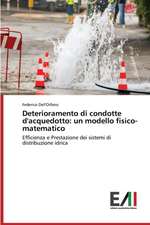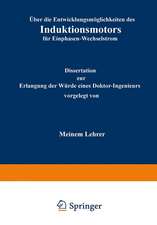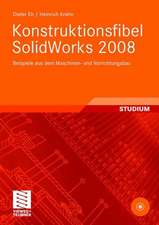Designing a More Inclusive World
Editat de Simeon Keates, John Clarkson, Patrick Langdon, Peter Robinsonen Limba Engleză Hardback – 15 mar 2004
| Toate formatele și edițiile | Preț | Express |
|---|---|---|
| Paperback (1) | 1216.16 lei 6-8 săpt. | |
| SPRINGER LONDON – 8 oct 2012 | 1216.16 lei 6-8 săpt. | |
| Hardback (1) | 1222.49 lei 6-8 săpt. | |
| SPRINGER LONDON – 15 mar 2004 | 1222.49 lei 6-8 săpt. |
Preț: 1222.49 lei
Preț vechi: 1490.84 lei
-18% Nou
Puncte Express: 1834
Preț estimativ în valută:
233.94€ • 241.70$ • 194.60£
233.94€ • 241.70$ • 194.60£
Carte tipărită la comandă
Livrare economică 19 martie-02 aprilie
Preluare comenzi: 021 569.72.76
Specificații
ISBN-13: 9781852338190
ISBN-10: 1852338199
Pagini: 284
Ilustrații: XIII, 268 p.
Dimensiuni: 155 x 235 x 21 mm
Greutate: 0.58 kg
Ediția:2004
Editura: SPRINGER LONDON
Colecția Springer
Locul publicării:London, United Kingdom
ISBN-10: 1852338199
Pagini: 284
Ilustrații: XIII, 268 p.
Dimensiuni: 155 x 235 x 21 mm
Greutate: 0.58 kg
Ediția:2004
Editura: SPRINGER LONDON
Colecția Springer
Locul publicării:London, United Kingdom
Public țintă
ResearchCuprins
I Design Issues for Universal Access and Assistive Technology.- 1. Is Universal Design a Critical Theory?.- 2. Cross-market Product and Service Innovation — the DBA Challenge Example.- 3. Introducing User-Centred Design Methods into Design Education.- 4. Comparing Product Assessment Methods for Inclusive Design.- 5. Virtual Learning Environments: Improving Accessibility Using Profiling.- 6. Assessment, Insight and Awareness in Design for Users with Special Needs.- 7. New Cognitive Capability Scales For Inclusive Product Design.- II Enabling Computer Access and New Technologies.- 8. An AAC-Enabled Internet: From User Requirements to Guidelines.- 9. Gathering Requirements for Mobile Devices Using Focus Groups with Older People.- 10. Devices and Desires: Identifying the Acceptability of AT to Older People.- 11. Beyond Functionality — Product Semantics in Assistive Device Design.- 12. Consensus-based Adaptive User Interface Implementation in Product Promotion.- 13. Transforming Musical Notations for Universal Access.- 14. Evaluation of Multimodal Techniques for Blind People to Track Moving Objects.- 15. Movement Time Prediction for Tasks Assisted by Force-feedback.- 16. Recognising Expression in Speech for Human Computer Interaction.- 17. Emotional Hearing Aid: An Assistive Tool for Children with Asperger's Syndrome.- 18. Fostering Universal Access: Lessons from Telecommunications and Disability.- 19. Assessing the Accessibility of Digital Television Set-Top Boxes.- III Assistive Technology and Rehabilitation Robotics.- 20. Robot Technology in Rehabilitation and Support —State of the Art.- 21. Powered Lower Limb Orthosis for Assisting Standing Up and Sitting Down Movements.- 22. Collaborative Control Aspects for Rehabilitation Robots.- 23. Effects of Repeated Exposureto a Humanoid Robot on Children with Autism.- 24. The Gloucester Smart House for People with Dementia —User-Interface Aspects.- 25. Standards and the Dependability of Electronic Assistive Technology.- 26. If I had a Robot at Home... Peoples' Representation of Domestic Robots.- Index of Contributors.
Caracteristici
Offers an international perspective on inclusive design and assistive technology from leading researchers in the field A broader perspective than the other literature in this field Includes supplementary material: sn.pub/extras



